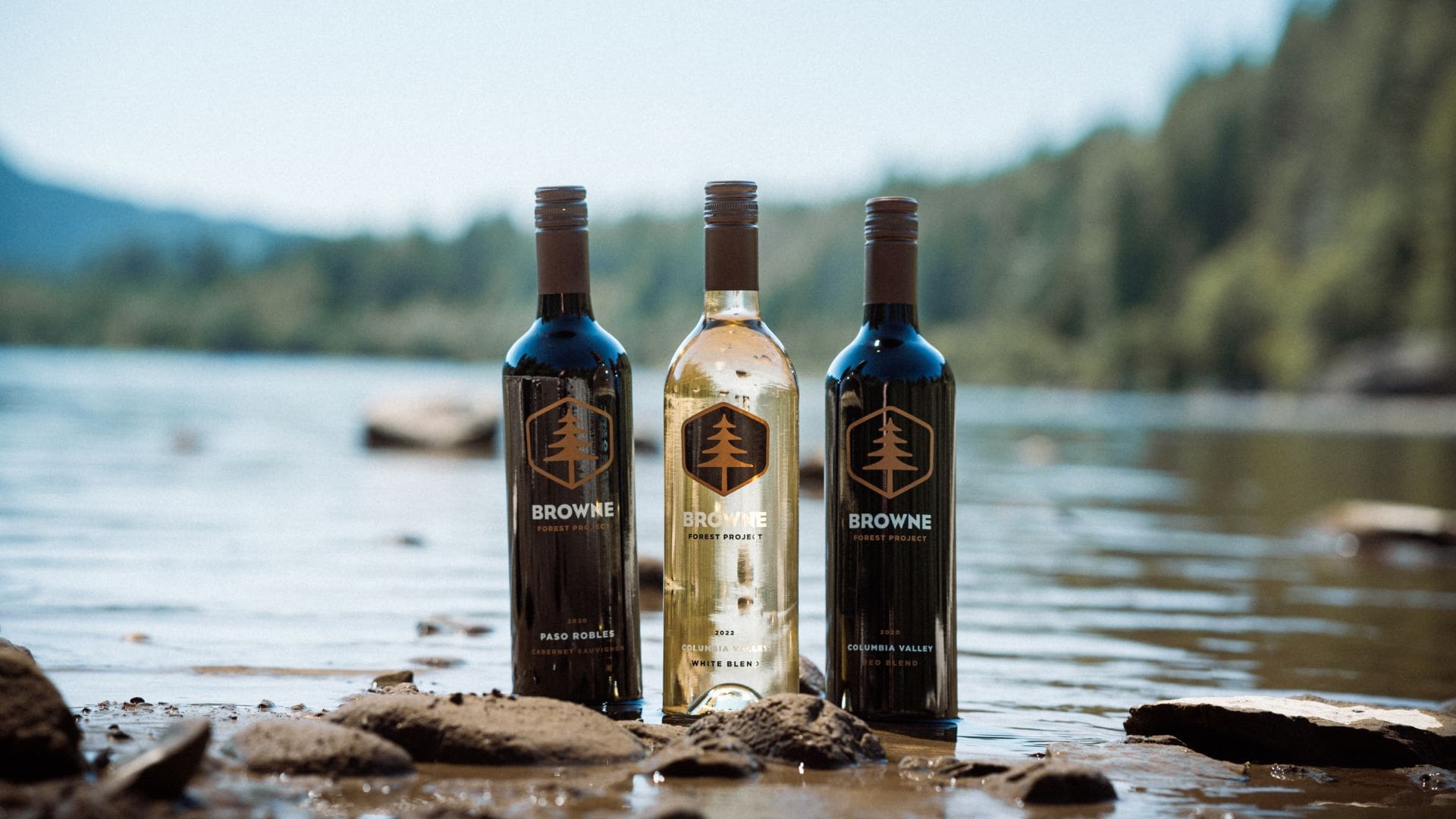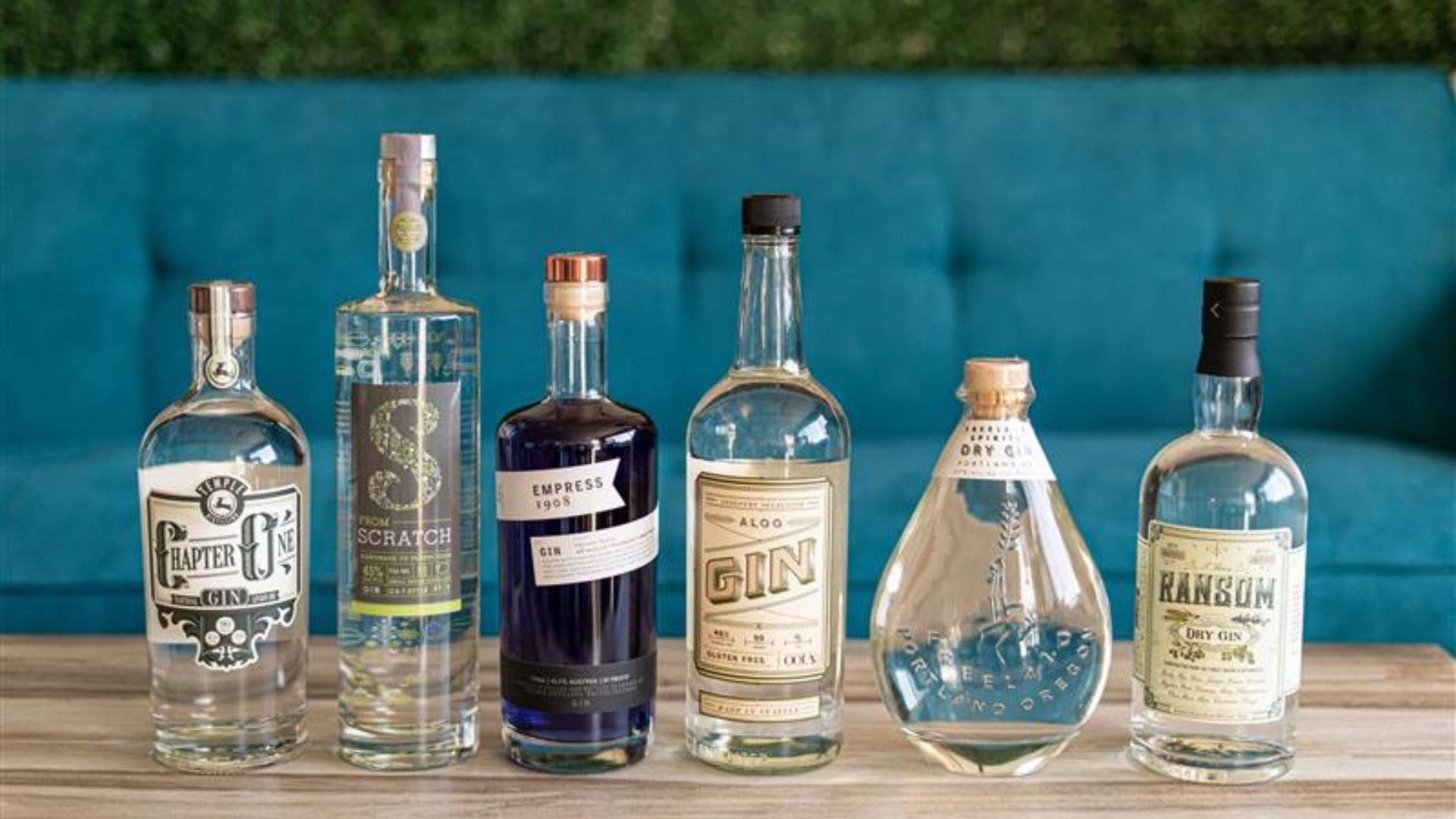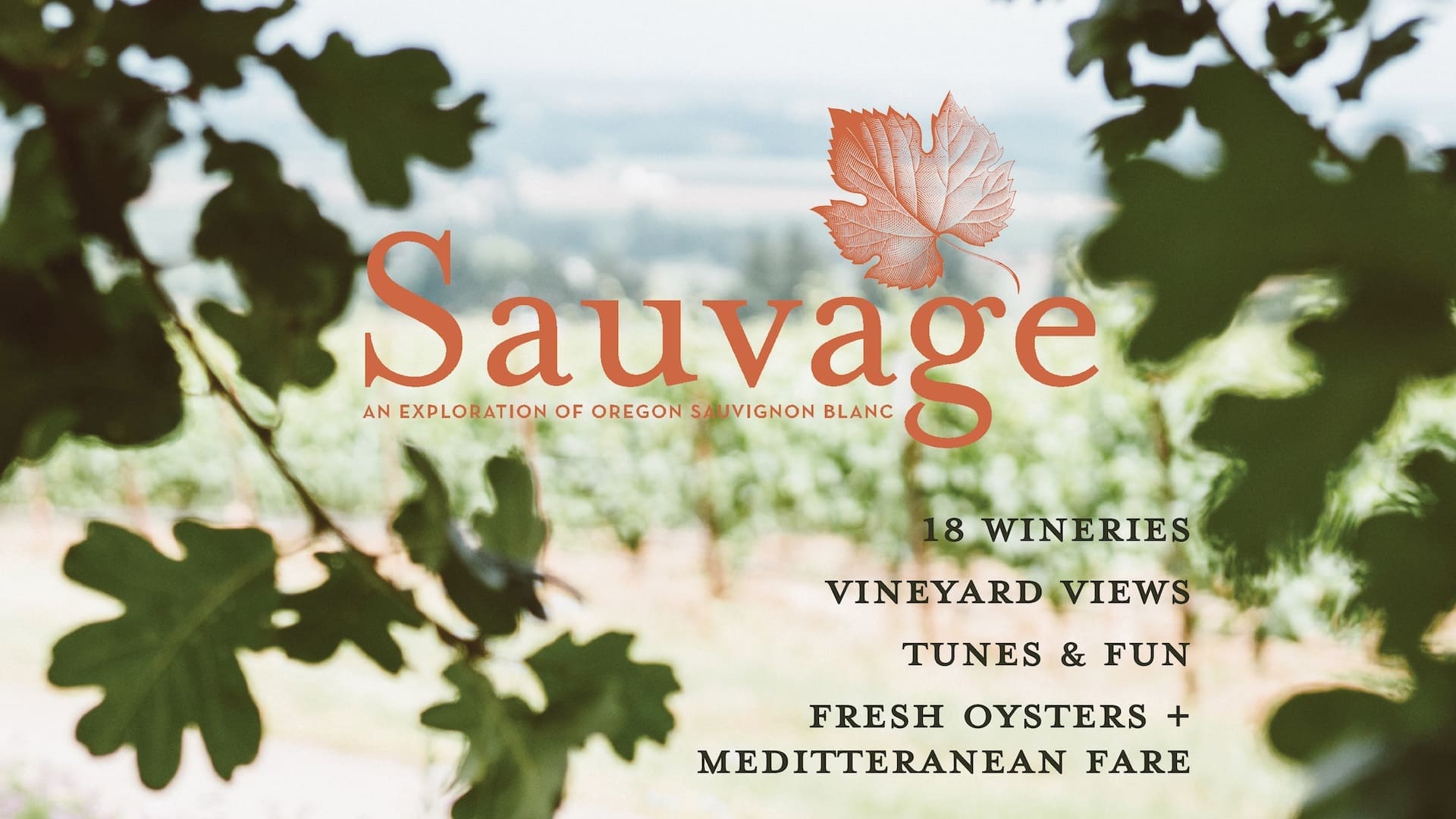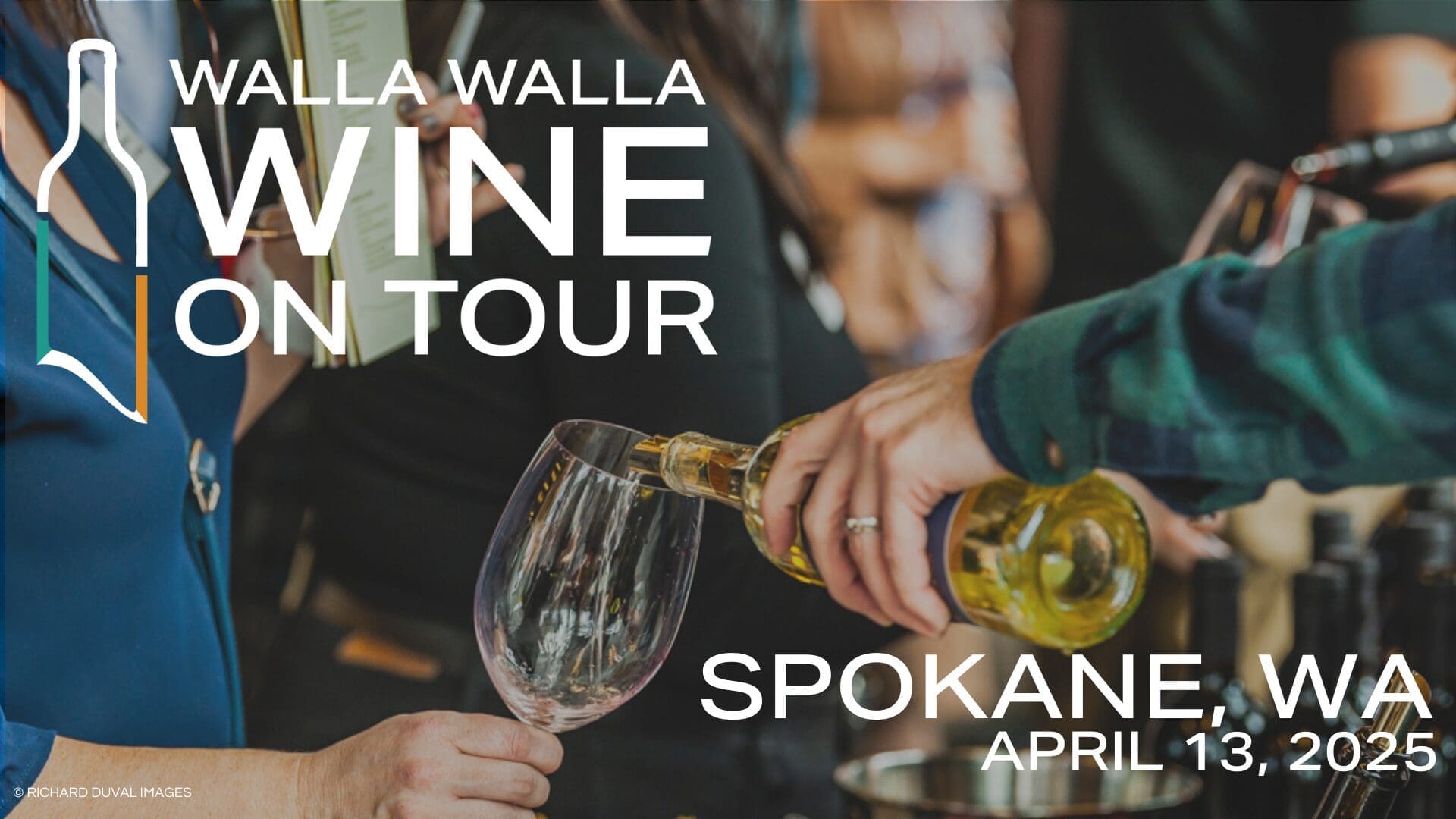Ask any winery in Washington County what the area’s origin is and most will tell you a story starting in the ’70s or ’80s, perhaps utilizing fruit from vines first planted in the 1960s. This is the belief that runs throughout the whole state of Oregon, that Oregon wine industry is only about 50-years-old. There is even a celebration occurring this year commemorating 50 years of Willamette Valley Wine (read our preview here).
But all of these convictions are not quite accurate. 50 years before the 1965 plantings done by the enterprising group of recent college grads, the state was thriving with award-winning wine production, much centered right in Washington County.
Data and information regarding this time is vague (and a little sketchy), relying heavily on second-hand reports and vague mentions in old newspaper articles. The wine business then was very different than the one we have today. Rather than large wineries and tasting rooms, winegrowers during the 19th and early 20th century were small, family operations, putting their wine into kegs and barrels to sell at local taverns and wine shops.
Grapes first came to the Oregon in the mid 19th century, along with the influx of French, German and Italian immigrants, bringing with them their tastes and cultures of wine. Early planting in Washington County included Zinfandel, Muscatel, Riesling, Burgundian varietals (Pinot Noir or Chardonnay, and their derivatives) and Hambourg (Black Muscat). But rather then the Pinot Noir being considered the regions crowning jewel, it was the Muscat and Hambourg grapes that the region was known for.
The first commercial winery was opened on David’s Hill, just outside Forest Grove in 1883, to the family of Ernest Rueter, who grew Chardonnay, Pinot Blanc, and numerous others. During the Omaha Exposition (also known as the Trans-Mississippi Exposition) Rueter decided to take a few dozen of his bottles to be included along with the booth on Oregon. On the spur of the moment, the wine was included in a wine judging contest taking place between New York and California wines—the judges were so impressed, Rueter went home with the first prize.
What made Oregon wines so different from the wines of California was that Oregon wines didn’t need to be fortified. Wines coming out of California during this time in history had to be fortified with added alcohol to keep them from going bad. Flavors were likely much fruitier, sweeter and less tannic, due to lower alcohol in the juice itself. Thus, the added alcohol could have put any given wine well into the port category of alcohol content, or higher. The wines in Oregon did not need this added procedure. An article from a 1904 issue of The Oregonian goes into more detail. “The California vintner uses alcohol by the carload, or his wine will not keep. Oregon wine is made purely, and those who have been fortunate enough to drink it find it light and palatable, clear and rich in color, and when the glasses are empty they reek with the delicious bouquet.”
This was an early indication of what makes Oregon, and the whole of the Pacific Northwest, an ideal wine growing area.
During an estimation of agricultural production in 1902, Washington County was estimated to produce more than 150,000 pounds of grapes. The Chehalem Hills to the south of David’s Hill was said to have more than a dozen winegrowers. And world recognition was lining up to make Oregon one of the worlds premiere wine regions.
This all came to a crashing halt in 1914, when Oregonian’s voted for a statewide prohibition on alcohol. The sentiment was not a new one, according to The Oregonian, teetotalers famously spread rumors that David’s Hill was “nearer to the infernal regions [of Hell], then any other earthly spot. And that hell flames lick up close beneath its hollow shell.”
Although Prohibition killed the legal wine industry for the time, it was actually its repeal that led to the end of Washington County vineyards. During Prohibition grape production actually increased, with many going to “near wine” production and bootlegging operations. However, in the decades following repeal, labor shortages, and the gradual shift of farming techniques towards mechanization, meant that the small time farming operations began to phase out.
Luckily though, wine now flows again in Washington County, thanks to a group of enterprising college graduates in the 1960s. Today, Washington County is home to dozens of award winning wineries and vineyards. Its proximity to urban environments makes it an easy day trip from your home/hotel, and the quality of the wine is renowned world over.
For more information on Washington County wines, visit oregonswashingtoncounty.com. And our own Erin James’ review of Montinore Vineyards of Washington County, read here.












